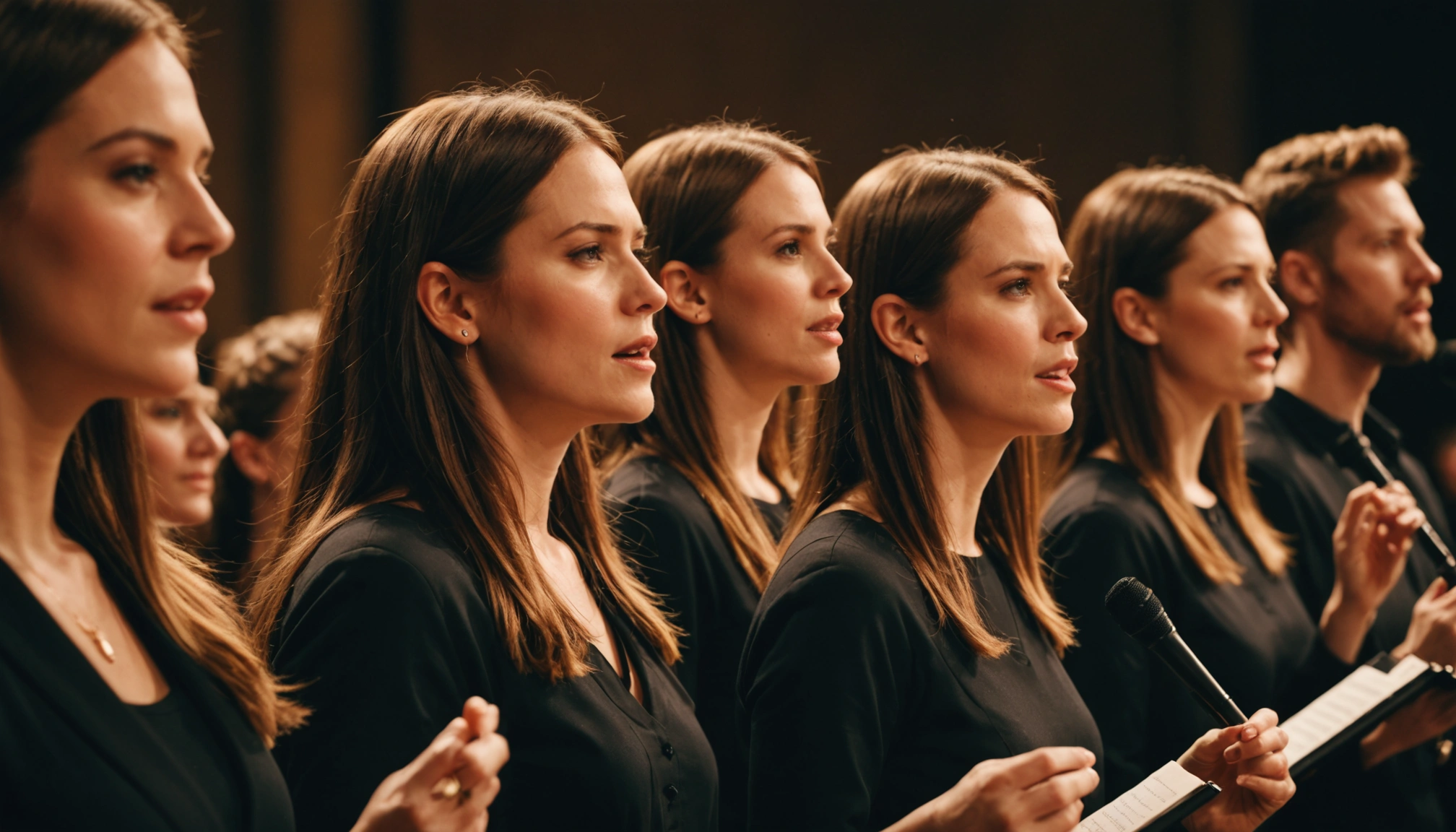Uncovering the Hidden Gems: A Journey through the Unknown History of Choral Music
- firstklasscharity
- Feb 13
- 3 min read
Updated: Jul 24
Choral music holds a unique place in the world of musical expression. It blends voices to evoke deep emotions and create a sense of connection among people. Despite its rich history spanning centuries and cultures, choral music remains underappreciated by many. In this post, we will explore the journey of choral music, examining its evolution and significance from ancient times to modern performances.
The Roots of Choral Music
The origins of choral music can be traced back to ancient Greece and Rome. The Greeks integrated choral singing into their theatrical performances to convey emotions and enhance storytelling. Sacred hymns honoring their gods laid the foundation for contemporary choral traditions.
In the early Christian church, music became essential in worship. By the 9th century, Gregorian Chant emerged, characterized by its unaccompanied style. These chants, sung by choirs in monasteries and cathedrals, connected the ethereal with the earthly through harmonized melodies.

An interesting fact: Gregorian Chant contributed to the musical education of thousands of monks, many of whom were responsible for preserving these melodies in notation, which helped them endure through the ages.
The Renaissance Revolution
Entering the Renaissance period, choral music underwent a remarkable transformation. Composers like Giovanni Pierluigi da Palestrina and Josquin des Prez pushed the boundaries of choral arrangements. The emergence of polyphony—where multiple independent melodies are sung simultaneously—defined this era, allowing for a richer musical tapestry.
During this time, choir music gained importance in education and public performances. Community choirs began to form, reflecting a growing interest in music as a social activity. By the late 16th century, choirs were commonplace in Europe, hugely impacting society's cultural fabric.
To highlight this, the 1562 publication of Palestrina's "Missa Papae Marcelli" became a benchmark in choral music, influencing future composers for centuries to come.
The Baroque Era and Beyond
The Baroque period further transformed choral music. Composers like Johann Sebastian Bach and George Frideric Handel emphasized emotional depth and personal expression in their works. Bach's motets and Handel's oratorios featured intricate vocal lines that displayed the beauty of individual voices while maintaining harmony.
This era birthed the modern choir, as more elaborate compositions and concert settings emerged. Choirs began exploring secular music, making a strong case for choral music as an essential art form. Notably, Bach's "St. Matthew Passion," composed in 1727, showcased complex choral exchanges that moved audiences emotionally and spiritually.
The Romantic and Modern Eras
As we entered the 19th century, the Romantic era ignited a fervor for emotional expression in music. Choral works blossomed in grandeur and drama, with composers like Felix Mendelssohn and Johannes Brahms rewriting the rules. The combination of voice and orchestra created captivating experiences, as choirs performed in majestic concert halls drawing large audiences.
The 20th century saw choral music diversify even further. Genres such as folk, jazz, and even pop began influencing choral arrangements. For example, the "Choral Singing Program" initiated by organizations like the American Choral Directors Association in the 1980s allowed amateur singers to explore a variety of styles, resulting in the growth of community choirs.
The Global Influence of Choral Music
Today, choral music transcends individual cultures and styles. It has emerged as a global phenomenon with diverse influences. From African-American spirituals to Eastern European folk songs, choral music celebrates a rich variety of traditions.
International choral festivals and competitions showcase these styles, proving that choral music is indeed a universal language. Events like the World Choir Games, which attract hundreds of choirs worldwide, emphasize cultural exchange and appreciation through music.
Community choirs have made choral singing accessible to a broader audience, encouraging individuals from all backgrounds to unite through song. Studies show that participation in community choirs can improve mental well-being, providing a sense of belonging and connection.
A Lasting Legacy
The journey of choral music reflects human emotions, struggles, and aspirations. From sacred beginnings to the diverse expressions we witness today, choral music embodies the connections between culture and community.
As we embrace and celebrate this art form, it is essential to recognize the hidden gems of choral music that have shaped our world. Whether by joining a local choir or attending a performance, engaging with choral music enriches our lives and fosters connections that few other art forms can replicate.
Step into the world of choral music and allow its harmonies to resonate within you, revealing the stories and emotions woven into its fabric for centuries.











